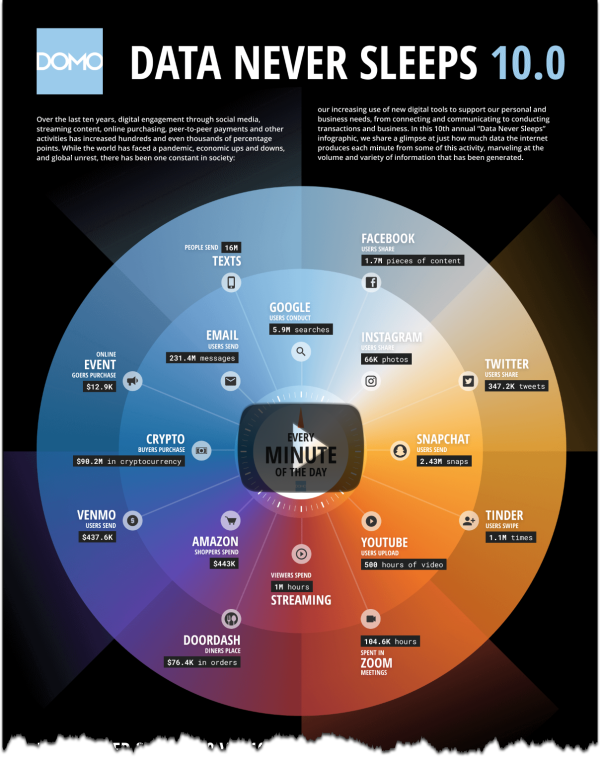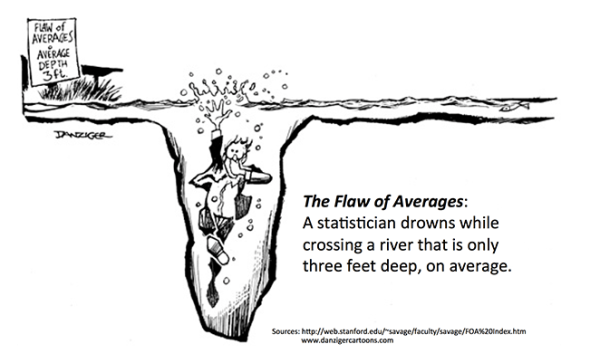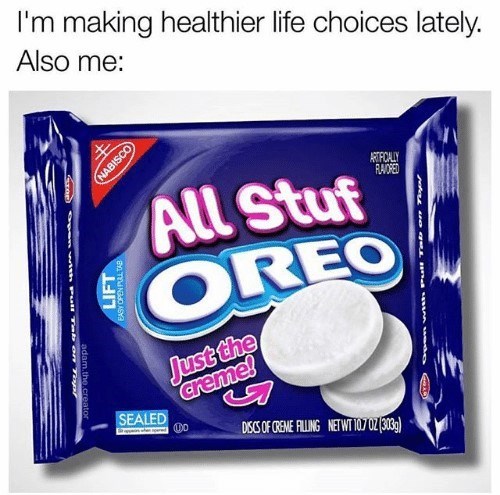With the NFL starting its regular season this week, I was thinking about the talent and effort it takes to compete as a professional athlete.
Take a second to reflect on the journey required to become a pro. In general, the top players from a youth league became standouts in high school and then were star players in college before eventually making it to a professional team. But here's the kicker … in any other context, they're elite, but unless they're superstars in the NFL, they're considered average or worse. Think about it. By definition, half of the players are below average.
Meanwhile, I recently came across an example from the NBA that illustrates this concept in a funny but profound way.
There's a relatively famous quote from NBA journeyman, Brian Scalabrine, who said:
"I'm way closer to Lebron (James) than you are to me!" – Brian Scalabrine
For context, as a USC Trojans men's basketball player, Scalabrine was the top scorer and a leader in field goals and rebounds. He then played 11 years in the NBA … but at no point in that time was he a star. He didn't put up great (or even good) stats, he wasn't a household name (though he did pick up the nickname "White Mamba"), and he is nowhere near the caliber of player that Lebron James is. In fact, throughout his career, he averaged just 3.1 points, 2.0 rebounds, and .8 assists a game. But, remember, he was good enough to play at a pro level for 11 years.
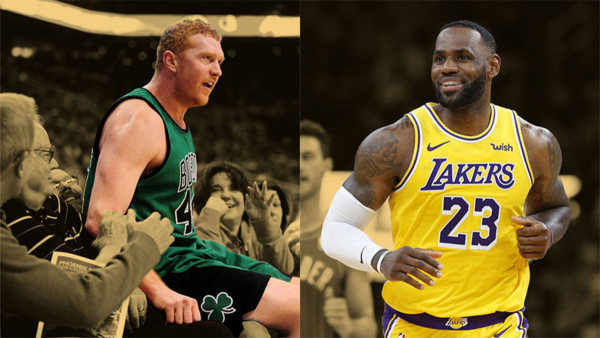
As a result, many unprofessional (weekend warrior) athletes thought he was an easy target. One day, Brian was playing a rec league game where he dropped 60 points. He tweeted about it, and a bunch of people started tweeting back to the now 40+ years old former NBA player that they could beat him. There are funny YouTube videos about this.
Brian responded by replying:
"Listen. I may suck for an NBA player. Those guys are pretty good. But I don't suck compared to you. You suck compared to me." – Brian Scalabrine
He then accepted their challenge by asking them to send in videos of their play and committed that he would go 1-on-1 against the best of them.
Scalabrine then went on to play 4 of the best players who responded, with one of them having NCAA D1 experience.
The end result?
He outscored them 44-6 – with two of the players scoring 0 points.
via YouTube
It should be self-explanatory, but it seems to be a concept many people struggle with. Any given pro player has been the best of the best throughout their journey. They're the 1% of the 1%.
But that is probably true for you too. If you're reading this article, you're likely killing it compared to the average Joe.
Many of us are in rooms with phenomenal business owners and operators. When you meet people like Peter Diamandis, Ray Dalio, or Richard Branson, it's easy to focus on the distance between you and them.
Recognize that it is still a huge accomplishment to be a Brian Scalabrine rather than a Joe Schmo.
They don't recognize what you and me do recognize. When you're in the NBA, there's all kinds of tells, right? Like if a guy puts his hand like that, you know what he's gonna do. If a guy does a hesitation, you know what he's gonna do. All that stuff is like in real time in the NBA, you got to be so on top of the reads. It's not speed. You can't look at me and say my brain is slow. My brain is fast. My body might be slow, but I have to read whether a guy's gonna shoot, drive, go to the middle, pass. If you're not reading those things, you're not playing in the NBA. – Brian Scalabrine
A helpful reminder.
Keep it up – and as always … Onwards!

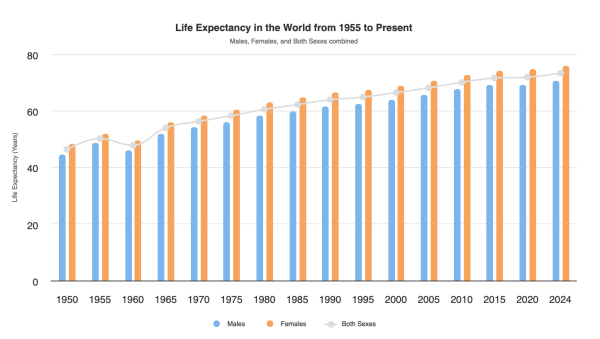
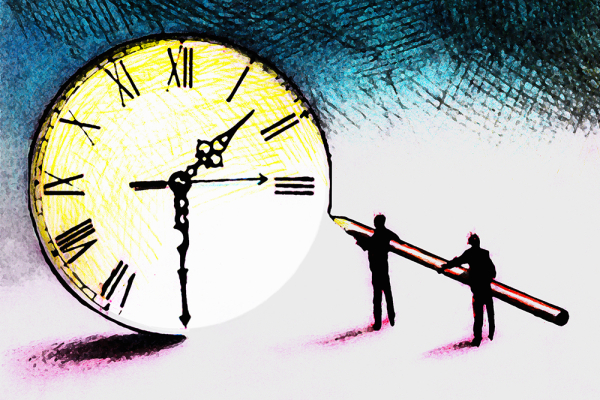
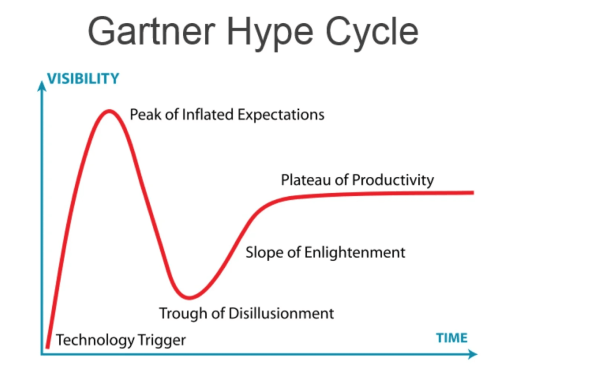 via Gartner
via Gartner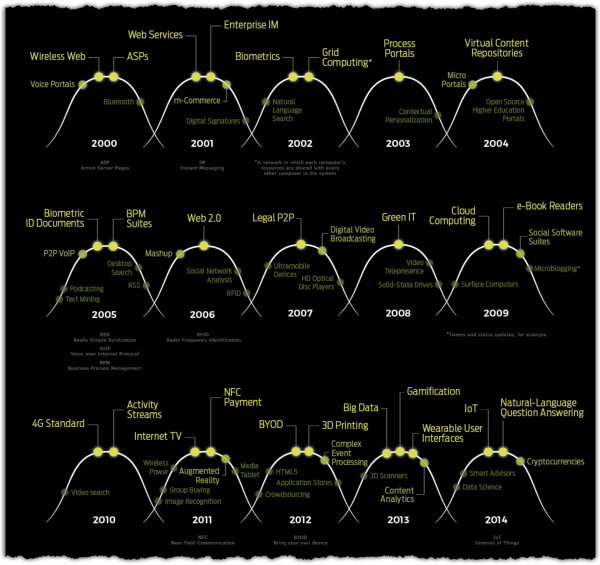
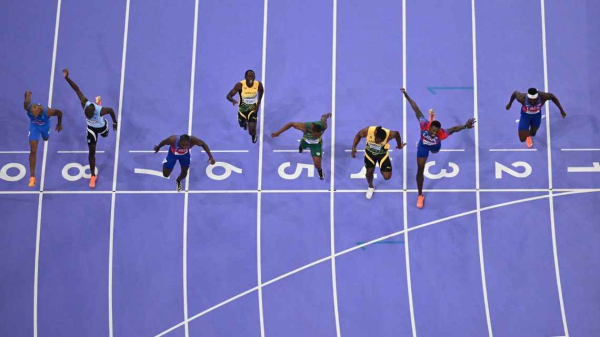
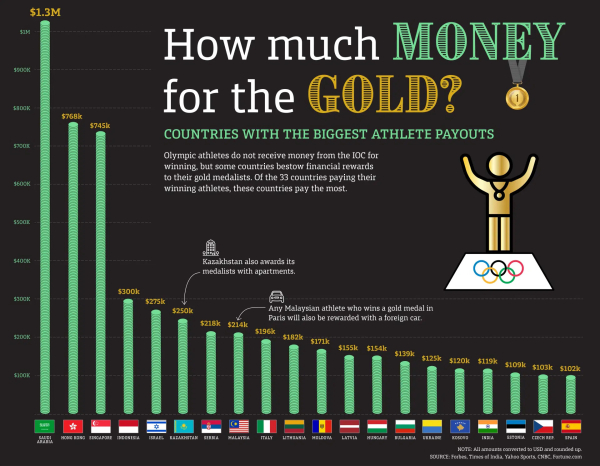

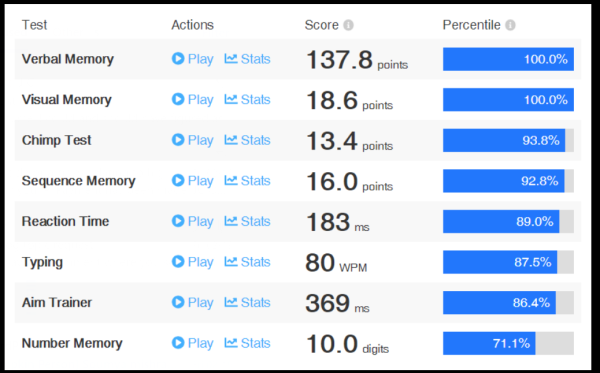

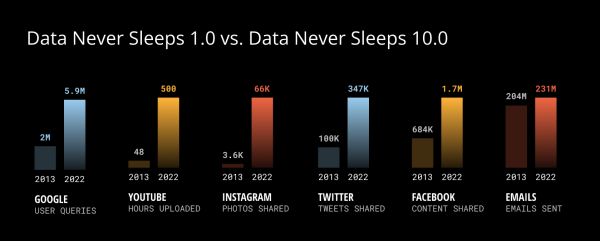 via
via 